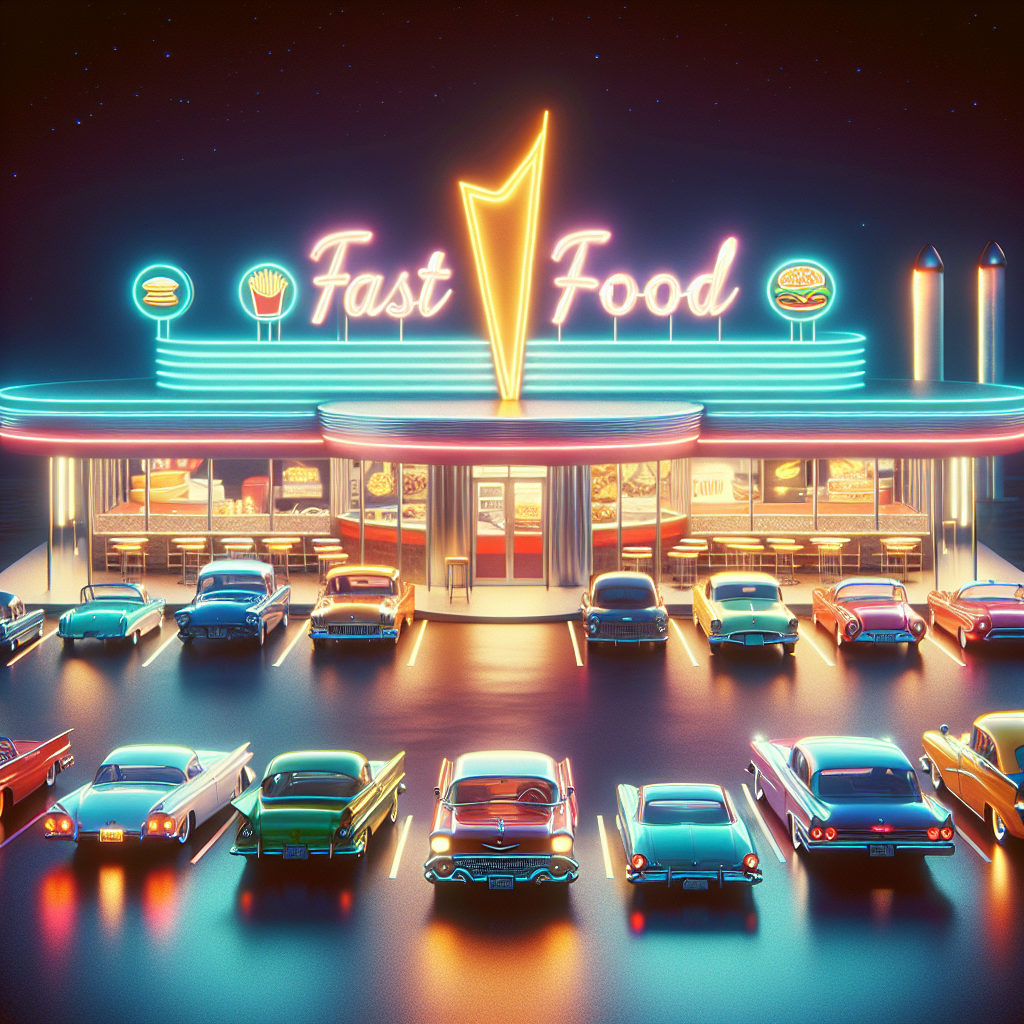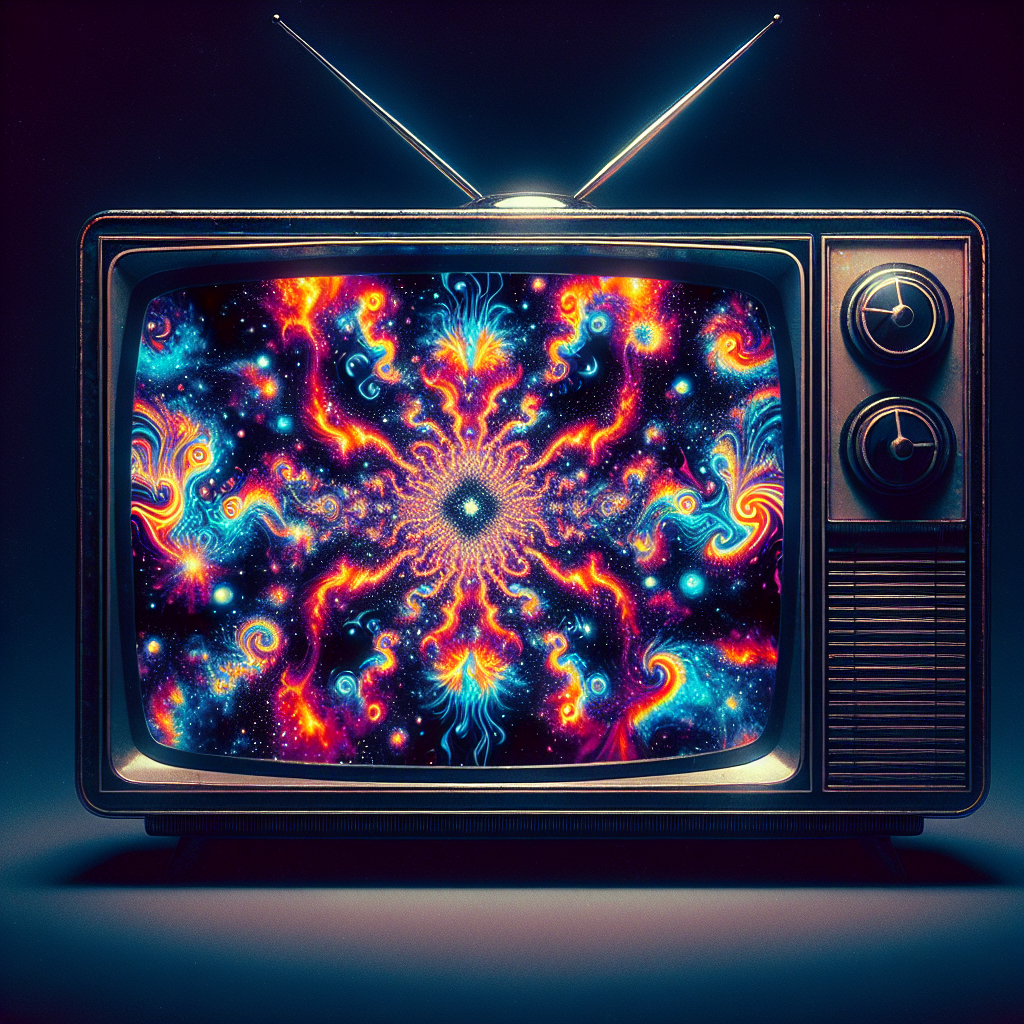Hollywood in the 1960s was a vibrant hub of culture and innovation, with its influence felt far beyond the glittering lights of Los Angeles. Stepping back into this iconic decade, you would find yourself immersed in a period marked by radical change and enduring legacies. The cuisine, entertainment, and architecture of 1960s Hollywood have continued to shape contemporary society.
Dining Delights and Culinary Curiosities


As you walk down the bustling streets of 1960s Hollywood, the emerging fast food culture is impossible to miss. Chains like McDonald’s are expanding rapidly, indicative of a burgeoning fast food culture that remains strong today. Drive-in restaurants such as Bob’s Big Boy serve as popular social spots, similar to today’s fast-casual eateries. The diversity of global cuisines is also strikingly evident in Hollywood—a cultural melting pot where Chinese and Italian foods are readily available. An interest in French cuisine was sparked by Julia Child’s “Mastering the Art of French Cooking,” reflecting the influence of celebrity chefs on dining habits. Home delivery services exist but are not as widespread as modern food delivery apps.
Entertainment: Echoes of the Golden Era

During your visit to 1960s Hollywood, the film industry is at its zenith. Epic films such as “Lawrence of Arabia” captivate audiences just as today’s blockbusters do. Movie stars like Marilyn Monroe command attention similar to modern A-listers. Television also plays a central role in home entertainment with iconic shows like “Star Trek” setting the stage for today’s acclaimed TV series. The concept of serialized storytelling found in classic television serials has paved the way for binge-watching on modern streaming platforms.
Architectural Time Capsule
![]()
![]()
Exploring Hollywood’s architectural landscape, historic landmarks stand out—Grauman’s Chinese Theatre remains an iconic tourist attraction while the Hollywood Sign continues to symbolize the industry’s glamour since its erection in 1923. You’ll see stars embedded along the Walk of Fame that began in 1960, each one honoring entertainers past and present. Mid-century modern architecture is prevalent too; structures like the Capitol Records Building remain celebrated for their design aesthetics.
Traveling back to 1960s Hollywood would reveal a blend of experiences—some strikingly familiar, others distinctly foreign by today’s standards. The emotional impact and cultural significance these experiences carry echo through time, contributing to Hollywood’s enduring legacy from then until now.
References:
- Friedrich, O., (1986). City of Nets: A Portrait of Hollywood in the 1940’s.
- Belletti, V., (2006). Adventures of a Hollywood Secretary: Her Private Letters from Inside the Studios of the 1920s.
- Parish, J., (2004). The Hollywood Book Of Scandals : The Shocking, Often Disgraceful Deeds And Affairs Of More Than 100 American Movie And TV Idols.
- Gitlin T., (1987). The Sixties: Years Of Hope Days Of Rage.
- Jacobs C., & Kelly W.J., (2008). Smogtown: The Lung-Burning History Of Pollution In Los Angeles.
- Roderick K., (2001). The San Fernando Valley: America’s Suburb.
- Hubler S., (2012). Not So Golden After All: The Rise And Fall Of California.
- Lee M.A., & Shlain B., (1985). Acid Dreams: The Complete Social History Of LSD: The CIA, The Sixties And Beyond.
- Hanson S., & Giuliano G., (2017). The Geography Of Urban Transportation.
- Banham R., (2009). Los Angeles: The Architecture Of Four Ecologies.
- Jackson L., (1998). The Sixties: Decade Of Design Revolution.
- Patton P., & Sanders J., (2010). Cars Culture And The City.
- Biskind P., (1998). Easy Riders Raging Bulls How Sex-Drugs-And-Rock ‘N Roll Saved Hollywood.
- Pinney T., (2005). A History Of Wine In America From Prohibition To Present.

